China Responds to Explosive Growth, Pollution, and Water Scarcity in Latest Five-Year Plan
Is momentum for runaway development too powerful to restrain?
By Keith Schneider and Nadya Ivanova
Circle of Blue
Correction Appended
In an era of economic turmoil that has produced massive unemployment, accelerated industrial decline, and sowed fear and doubt across much of North America and Europe, China last week offered a much different lesson on growth and development.
In the latest draft of its new 12th Five-Year Plan to manage the world’s fastest growing industrial economy, China’s leadership called for restraining the runaway growth that is raising the incomes of more than 400 million people, but is also drawing China ever closer to a potentially calamitous confrontation over energy, water, and the quality of the nation’s environment.
The 12th Five-Year Plan, submitted for review on March 5 at the start of China’s annual plenary session in Beijing and adopted on March 14, sets a new targets on energy intensity in order to spur efficiency and conservation measures. But it also envisions record high levels of water use, which is expected to rise to 620 billion cubic meters (163 trillion gallons) by 2015—up from 599 billion cubic meters (158 trillion gallons) in 2010—and as much as 670 billion cubic meters (177 trillion gallons) by the end of the decade. The restraints on coal production, which supplies 70 percent of the nation’s energy and is the largest industrial consumer of fresh water, will serve to keep water use from climbing even higher.
In public statements and in interviews with Chinese media, the nation’s top leaders said the central focus of the new Five-Year Plan is to curb inflation and provide investments and guidance that improves the quality of life by ensuring the continuing development of manufacturing, transportation infrastructure, domestic production, the energy sector, research, science, health care, and education. But the leaders asserted that the 12th Five-Year Plan, the master economic blueprint that charts China’s development through 2015, also is meant to reckon with the damage that the nation’s modernization is causing to air, land, and water, a steadily diminishing resource.
From 2000 to 2009, total water reserves in China dropped 13 percent, and water scarcity is especially evident in the northern and western provinces, where China’s major coal reserves lie. By calling for limits on energy production, China’s leaders are apparently mindful of the dangerous choke point developing between the nation’s surging economy and its demand for opening new coal reserves in the dry provinces that cannot currently be tapped because of water shortages.
“The 12th Five-Year Plan period is crucial for building a moderately prosperous society in all respects and for deepening reform and opening up and speeding up the transformation of the pattern of economic development,” said Premier Wen Jiabao in a statement.
Largest and Fastest—Is Restraint Possible?
But it is not at all clear that China’s provincial and industrial leaders—never mind the hundreds of millions of workers benefiting from modernization—will be eager to comply with the goals of the new development strategy.
During extensive reporting in December for the Choke Point: China series, Circle of Blue found a nation that grumbles about pollution, inflation, and corruption, but also is tremendously enthusiastic about modernization and the economic opportunities it has provided.
The restraints on economic growth described in the 12th Five-Year Plan come in the midst of a massive and politically popular economic transition that is rapidly converting China’s economy from its previous focus on export-related revenue to one devoted to building domestic markets.
Just to name a few, China now has either the fastest-growing or the largest-markets in the world for:
- Cars
- Steel
- Cement
- Glass
- Residential housing
- Rail construction
- Fossil fuel energy
- Highway development
- Power plant construction
- Grain production
Over the next five years, China will continue to build one of the world’s largest water transport projects, the world’s largest highway and high-speed rail networks, and the world’s largest network of hydropower dams. China also will continue to construct the world’s largest industrial manufacturing installations, or “bases,” to produce the components and plants that generate energy from coal, wind, solar, and nuclear power.
Conservation and Efficiency Stressed
The 12th Five-Year Plan calls for reducing annual economic growth to 7 percent a year (down from about 10 percent in each of the last four years), restraining the growth in coal production to three percent a year (down from more than 15 percent annually since 2000), and limiting water consumption.
Economists note, however, that China routinely ratifies five-year plans that call for growth rates well below those that the nation actually attains.
The 10th Five-Year Plan (2001-2005), for instance, set a growth target of seven percent, but China’s economy grew an average of 9.5 percent during the next five years. Similarly, the 11th Five-Year Plan (2006-2010) set a 7.5 percent average annual growth rate, but the actual rate was 11.2 percent.
Still, the new 12th Five-Year Plan (2011-2015)—which incorporates the most ambitious energy-saving, water-conserving, and emissions-reducing targets China has ever set—describes a nation at the peak of its growth and economic power. China is shifting, it appears, from the singular pursuit of economic growth to focusing new attention on the quality of its development.
Energy: By A Nose
According to the plan, China intends to cut its carbon footprint and be more energy efficient. It wants to cut its carbon dioxide emissions by 17 percent and its energy consumption per unit of GDP by 16 percent—meaning that for each new dollar of economic growth, water use must decline by nearly a fifth.
The energy efficiency target comes even as China’s total power generation capacity is expected to increase from 960 gigawatts in 2010 to around 1,440 gigawatts in 2015, which is an annual increase of 8.5 percent.
But a number of authorities in and outside the government indicated last week that restraining energy production and consumption may be impractical, if not impossible, for China’s fast-growing economy. A report released last week by the Chinese Academy of Engineering, for instance, noted that ”the actual figure may reach 5.1 billion, if the current situation remains unchanged.”
China struggled to meet its energy intensity reduction target of 20 percent during the 11th Five-Year Plan period, barely eking out 19.06 percent after closing many of its cement factories, paper mills, small power plants, and steelmakers, in addition to building more advanced power plants and big industrial bases closer to the coal reserves in the north and northwest. Moreover, last year, several provinces across China cut power to industries, residential buildings, traffic lights, and even hospitals to meet their energy-saving targets.
Yet, total investment in the power sector under the 12th Five-Year Plan is expected to reach $US 803 billion, an increase of 68 percent compared to the 11th Five-Year Plan. Of that total investment, $US 416 billion, or 52 percent, will go to power generation, while $US 386 billion will be used to construct new transmission lines and other improvement to China’s electrical grid.
Renewable, clean, and nuclear energy will supply about 52 percent of the increase, while coal-fired power will provide the balance. By 2015, total power generation capacity from nonfossil fuel is expected to be 474 gigawatts, meaning that nonfossil fuel energy will replace 500 million metric tons (1.1 trillion pounds) of coal.
China will also continue to cut the emissions of sulfur dioxide and nitrogen oxide, major air pollutants from coal burning and the cement industry, by about eight percent during the next five years, despite the projected rise in coal consumption. The targets are expected to put more pressure on coal-fired power plants to intall pollution-reducing technologies, according to a recent Greenpeace report.
Perhaps most important to China and its leaders is that, by 2015, the Chinese economy—almost $US 6 trillion in 2010—is expected to grow by 50 percent to $US 9 trillion. Many economists project that, at current rates of growth, by sometime in the mid-2020s, China’s economy will exceed the economy of the United States as the world’s largest.
Water: A Clear Winner
China wants to reduce water use and pollution. The new five-year plan calls for reducing water use by 30 percent for every new dollar of industrial output, which is the same water target as was in the 11th Five-Year Plan.
China easily met the previous goal, decreasing water consumption by almost 37 percent from 2005 to 2010. The water-conserving measures have helped hold the growth in water use to around one percent annually, which is good considering Beijing and other northern and western cities are currently enduring the driest winter in 60 years.
“With the 12th Five-Year Plan, China is adopting its most stringent water resource policies to date,” Wang Hao, director of the Water Resources Department at the state-run China Institute of Water Resources and Hydropower Research in Beijing, told Circle of Blue in December. “For example, China is introducing total volume control for the Yellow River Basin provinces. Back in the day, it was established that the total water use could not exceed water supply. Now there’s also a specific limitation on the total water use.”
By 2015, the 12th Five-Year Plan calls for a reduction in chemical oxygen demand (COD), a measure of water pollution, by eight percent and ammonium nitrate, a common fertilizer for agriculture, by eight to 10 percent when compared to 2010 levels.
This post has been revised to reflect the following correction:
Correction: August 15, 2011
An earlier version of this article incorrectly stated that the 12th Five-Year Plan — adopted on March 14, 2011 — set a limit on energy consumption through 2015. As Circle of Blue reported on August 5, the energy cap is expected to be included in a comprehensive low-carbon plan that will be issued later this year.
Keith Schneider, who has reported on energy, water, and climate change from four continents, is a Traverse City-based senior editor for Circle of Blue. Nadya Ivanova—who has reported from China, Europe, and the United States—is a Chicago-based reporter and producer for Circle of Blue. Aaron Jaffe is a Chicago-based reporter and photographer for Circle of Blue. J. Carl Ganter is a Traverse City-based photographer and director of Circle of Blue. Reach them at circleofblue.org/contact or contact Keith Schneider directly.
Map and graphic by Mark Townsend, Megan Capinegro, Katelin Carter, and Chelsea May, undergraduate students at Ball State University
Contributions by Jennifer Turner, Washington, D.C.-based director of the China Environment Forum at the Woodrow Wilson International Center for Scholars. Research assistance by Emily Li, Kexin Liu, and Zifei Yang.
Circle of Blue’s senior editor and chief correspondent based in Traverse City, Michigan. He has reported on the contest for energy, food, and water in the era of climate change from six continents. Contact
Keith Schneider

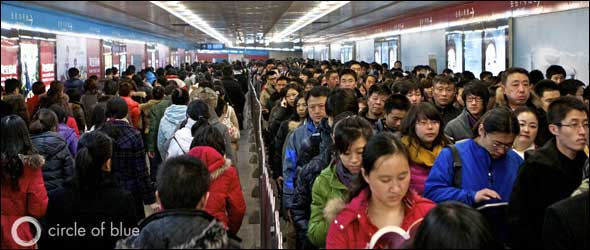


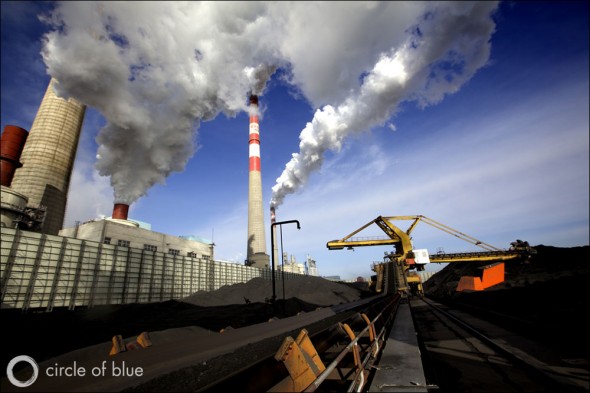
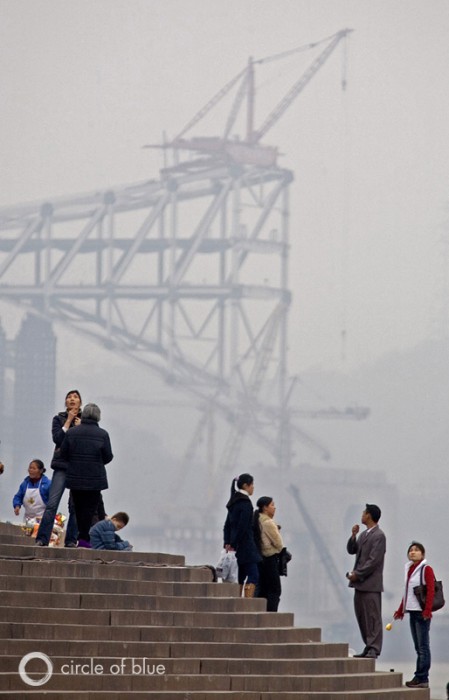
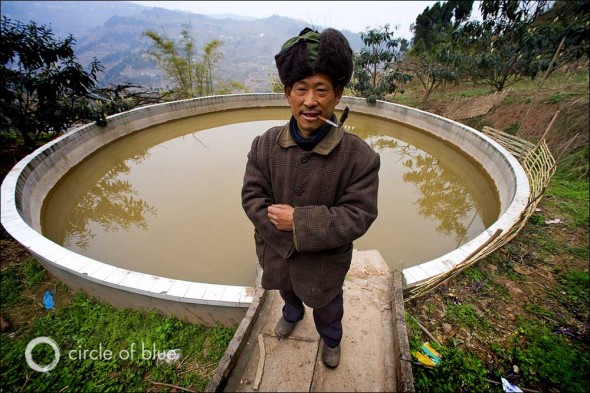
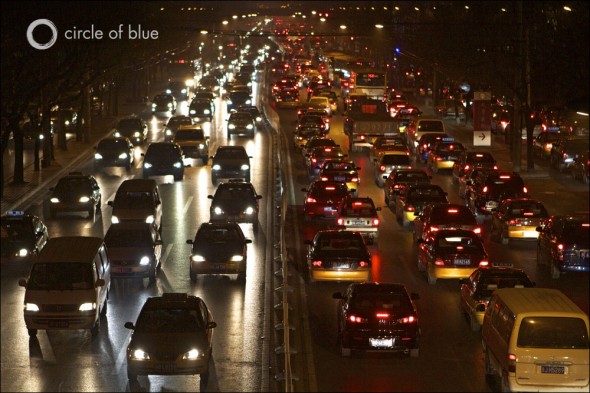






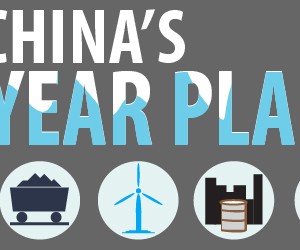
I think APWR which does Solar, Wind, Biomass, Geothermal and Hydro will benefit off of this push for China Green Energy
ITS VERY GOOD REACTION TAKEN BY GOVERNMENT OF CHINA.TO PRESERVING NATURAL RESOURCES LIKE WATER AND COAL.